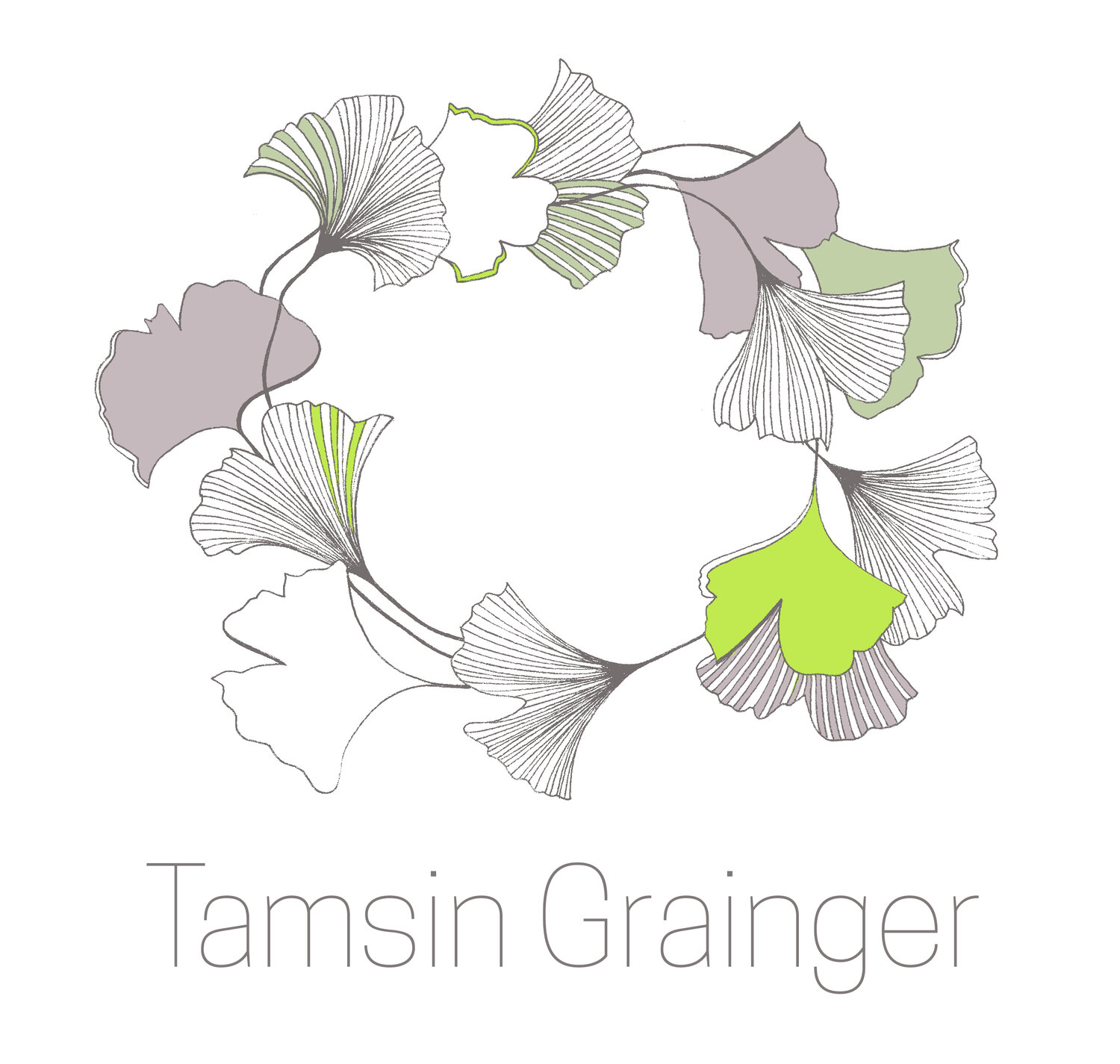Part of the Separation and Unity Project, Cataluña, July 2022
Festivities and Delegates wall hanging by Tamsin Grainger
This wall hanging, 'Festivities and Delegates' represents an act of unity, the bringing together of many of those who attended the Walking Art and Relational Geographies International Encounters conference in Cataluña in July 2022. Planned for several years, but thwarted by the pandemic, delegates were at last able to travel from Australia, South Africa, Brazil, America and Europe to the conference in Girona, Olot, and Vic to share walking art and community projects via presentations and walkshops over a period of a week.
This would have been a visual reminder of the annual Masses of the Orthodox Church which celebrated many different saints.
This work was inspired by the 18th /19th century 'Saints and Festivities for the months of April to November' in the Museu Montserrat. I climbed up there after attending the conference. The ornate Russian 'menologion' is a calendar featuring rows of saints, above which are their names and the dates of the days on which they are honoured, in cyrillic script.
A menologion (menologium, menology, menologue, menologia) was sometimes a liturgical 'office', an ecclesiastical, Eastern Orthodox service book or a long list of saints and the details of their lives arranged according to the months of the year.
Église Saint Laurent, Paris, France
It is not dissimilar to the secular mural at the National Portrait Gallery in Edinburgh depicting key figures and events in the history of Scotland or the Église Saint Laurent in Paris. The Separation and Unity Project is interested in the movements towards and away from independence by Scottish and Catalonian peoples, at what urges us to separate from, or join with each other.
I am also referencing Buddhist and Hindu mandalas, and other celebratory depictions used to inspire their followers and remind them of the true path. Mandalas come in many shapes and sizes, often using geometric arrangements. They can represent the whole universe, and be used as a way to separate from everyday existence and focus on what is important for greater knowledge. The Vajrabhairava mandala, for example, is a silk tapestry woven with gilded paper depicting lavish elements like crowns and jewelry.
“The human mind is like “A microcosm representing various divine powers at work in the universe””
Process and production of Festivities and Delegates
I took digital photos and video stills from my phone documentation of the conference and the social time we spent together, and manipulated the images using free Layout software. In some cases I used social media images. Instead of the elaborate calligraphy that you can see on the Russian 'Festivities..., I wrote free-hand with my finger or with a biro.
Festivities and Delegates wall hanging by Tamsin Grainger - detail
Details: 160cm long and 70cm wide, mixed media - sewed from scraps of upholstery fabric which came from free sample books. Ribbons, tapes and sundry, shiny objects such as bells, earings which have lost their pairs, and sequins. Iron-on paper was used to transfer the photographs onto the fabric.
Festivities and Delegates wall hanging by Tamsin Grainger - detail with bells and ornamentation
It incorporates a number of small brass and other metal bells, with reflective totems. These were/are often used to ward off evil spirits, to bring ones attention into the moment, to reflect the devil's face back to him, and, contrastingly, even to represent the sound of the Buddha's 'voice' spouting wisdom. The protective aspect would also traditionally have been as much from the 'monkey mind' and other natural inner temptations, as from what might be attacking us from the outside. Tantric mandalas would have been an aspect of separation and protection from the outer Samsaric world.
There is more information about the conference here
Quote: from their 'Encylopedia of New Age Beliefs: The New Age Movement', (p. 343, ISBN 9781565071605 archived from the original on 2016-06-03, retrieved 2015-11-15)





